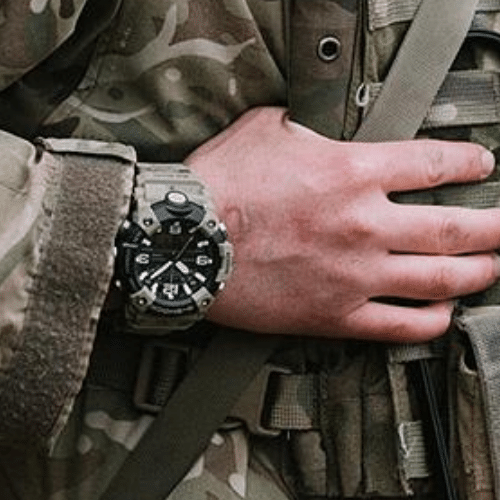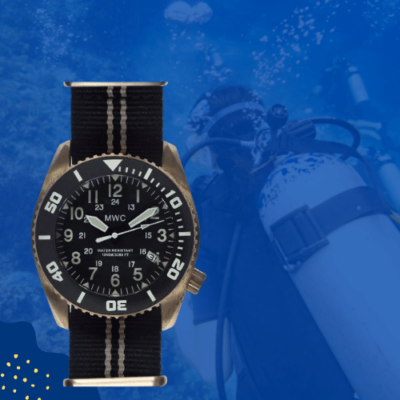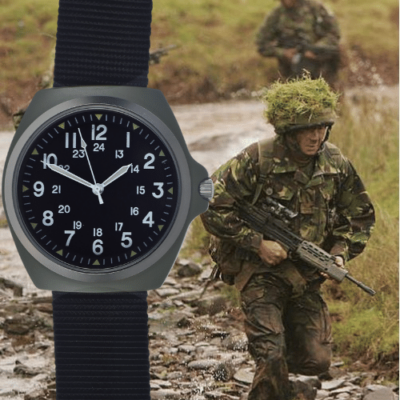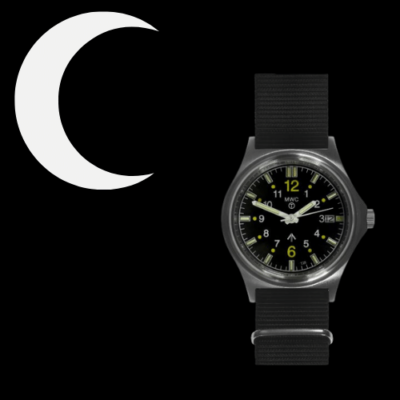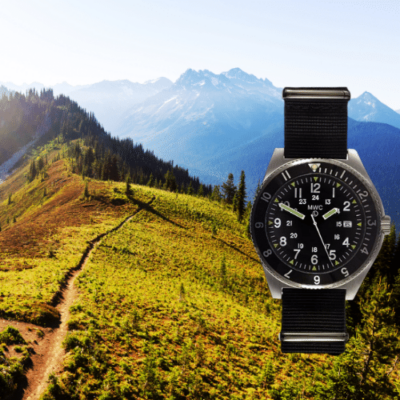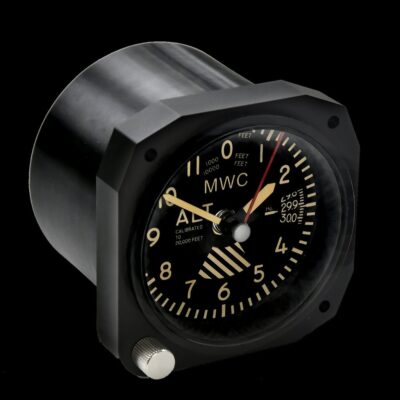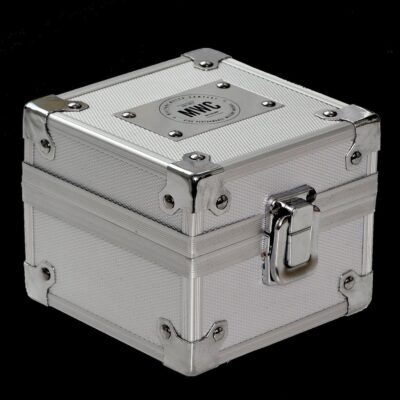News
Russia Provides First Look at the World’s Largest Drone Factory: Massive Geran-2 Production is Revolutionising its Offensive Capabilities
Russian state media has for the first time revealed footage of the Alabuga Factory in the Tatarstan region, where single use attack drones, colloquially known as ‘kamikaze’ or ‘suicide’ drones, are being manufactured on a large scale. The drone class in question, the Geran-2, is a license produced variant of the Iranian Shahed 136, which made its combat debut in the Ukrainian theatre in September 2022. It quickly emerged as one of the Russian Armed Forces’ most valued strike assets, and has played a growing role in the ongoing war effort ever since. Footage showed hundreds of the aircraft already completed, at what is reportedly the largest facility of its kind in the world. Russia’s defence sector has since mid-2022 considerably expanded its capacity to produce single use attack drones, with The Economist in May reporting that output of the Geran-2 had increased more than tenfold from 300 a month, to over 100 per day. Industry was reported at the time to be on track to be able to produce 500 of the aircraft daily, allowing for strikes using over 1000 of the aircraft to be launched several times per week.

In June it was reported that 25,000 North Korean industrial workers were being dispatched to Russia to support drone production efforts in Tatarstan with the intention of increasing production. The dispatch of North Korean workers to support Russia’s defence sector has long been considered likely by analysts, and corroborates reports from Ukrainian intelligence officials to this effect, with Russia reported to also be transferring drone-related knowhow to its East Asian neighbour. North Korea’s sizeable industrial workforce with high levels of technical education were expected to make this support highly prized. Russian industry has had significant successes in expanding production of a number of defence products since the outbreak of full scale hostilities with Ukraine in February 2022, with annual output of Iskander-M ballistic missile systems and Kh-101 cruise missiles today being several times as high as they were three years ago, while production of Su-34 strike fighters has more than doubled, and output of T-90M tanks has tripled.

